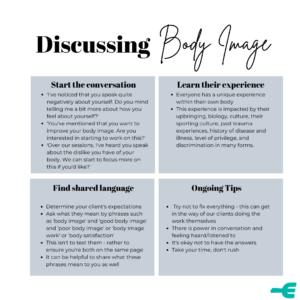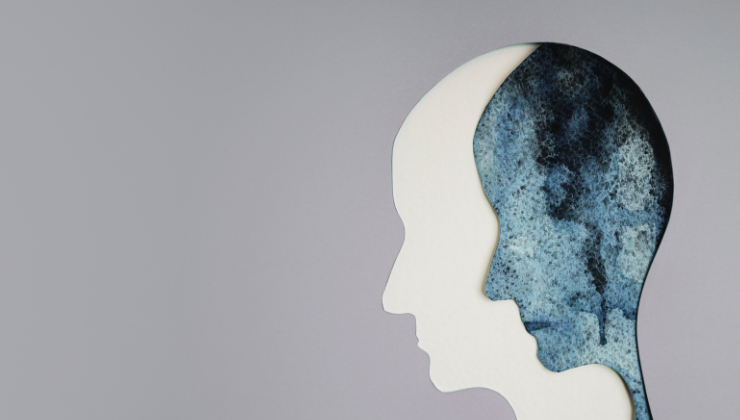Working with Adolescent Athletes
Being a sports nutritionist who works with adolescent athletes goes beyond fueling their training. It also involves addressing the unique challenges of adolescence, which are marked by change, growth and identity formation. From managing busy schedules to nurturing their relationship with food and body image, there is much to consider when working with this group.
Completing specific professional development courses or training can enhance your expertise in these areas and provide you with the tools and strategies to better support adolescent athletes. Such programs delve into key topics like body image, nutrition strategies and ethical approaches to body composition, helping you make a meaningful impact on the health and performance of young athletes.
Body Image Challenges in Adolescent Athletes
Body image plays a critical role in how young athletes perceive themselves and, subsequently, how they fuel their bodies. Sports nutritionists should include screening and discussing body image in nutrition support, as poor body image is a key risk factor for disordered eating behaviours.
Marked by significant physical changes, young athletes face the added complexity of balancing two distinct body images:
- Their body image as an athlete: How they perceive their body within the context of their sport.
- Their body image as a non-athlete: How they view their body compared to non-athletic peers.
These dual perceptions can cause internal conflict, as the physical traits they value in athletics may be perceived differently elsewhere. Open conversations, guided by insights from a professional development program, address these challenges and help them develop a positive body image.
Best Practices for Body Composition Assessment
When working with adolescent athletes, body composition assessment requires a careful and ethical approach. As a sports nutritionist, you must ensure that these practices prioritise the athlete’s wellbeing and development. Consider the following:
- Consent: Parental or guardian consent is required for athletes under 18. A common cut-off used for assessments is often 16 years or older.
- Justification: Body composition assessments should only be conducted with clear, justified reasons and should never involve routine, unjustified periodic screenings.
- Safety and empowerment: Emphasise trust, collaboration and the athlete’s choice in all weighing or composition strategies. The guiding principle should always be “first do no harm.”
These strategies ensure assessments are supportive, not detrimental, to an adolescent’s health and development while complementing your broader work in nutrition for young athletes.
Nurturing a Positive Body Image with Young Athletes
Positive body image is critical for fostering the health and well-being of young athletes. Encourage resilience and body acceptance through targeted activities and discussions, such as:
- Influence and encourage positive change to social media habits
- Build skills and resilience alongside body acceptance activities
- Discuss body checking and weighing
- Discuss the relationship between body image and food, training and recovery
- Explore and advocate sport-specific attitudes towards bodies
By incorporating these strategies, sports nutritionists can empower young athletes to develop a healthier relationship with their bodies and improve their performance.
Enhance Your Skills with Professional Development Activities
Working with adolescent athletes requires specialised knowledge and skills. At Compeat Academy, our Adolescent Athlete Course provides actionable insights into nutrition, body composition and body image for this unique demographic.
Course highlights:
- Nutrition for young athletes, including fuelling strategies, physiological demands, ‘busy day syndrome’, growth considerations and injuries like concussions.
- How to approach body image discussions with empathy, curiosity and neutrality.
- Body composition assessments: prioritising safety, collaboration, trust and empowerment.
- An exclusive Guest Speaker Session with Professor Ben Desbrow on Adolescent Athletes
This professional development program is perfect for new graduate nutritionists, sports nutritionists and experienced dietitians alike. Contact us today to request pricing and learn more about how you can enhance your skills and empower the next generation of athletes!




